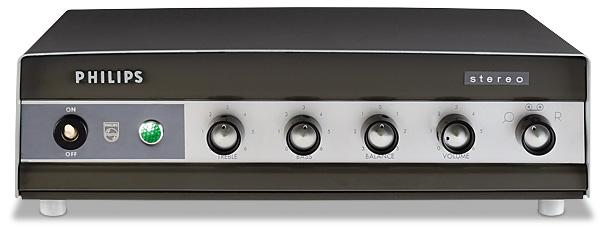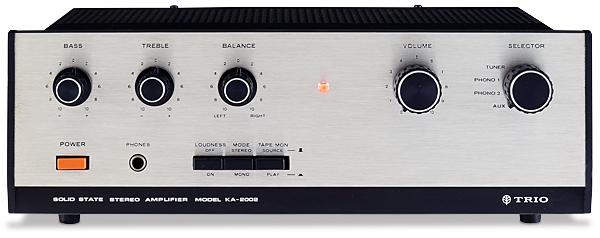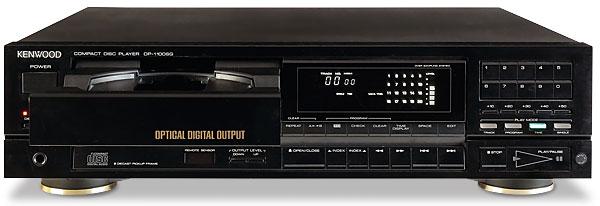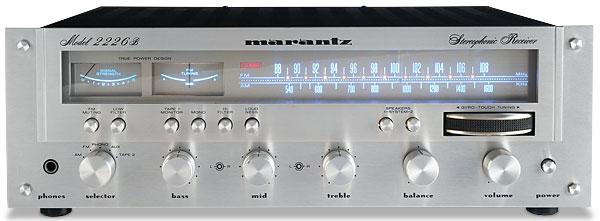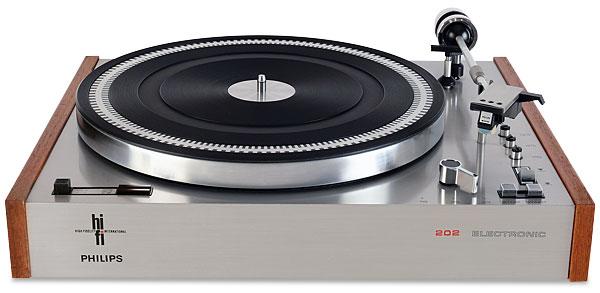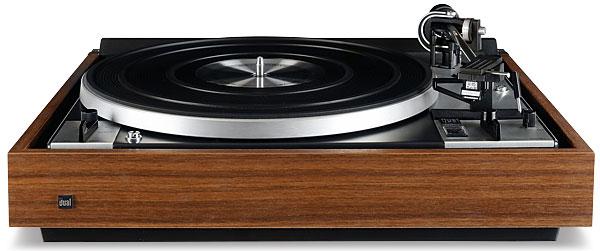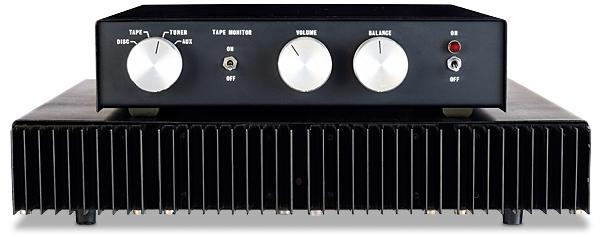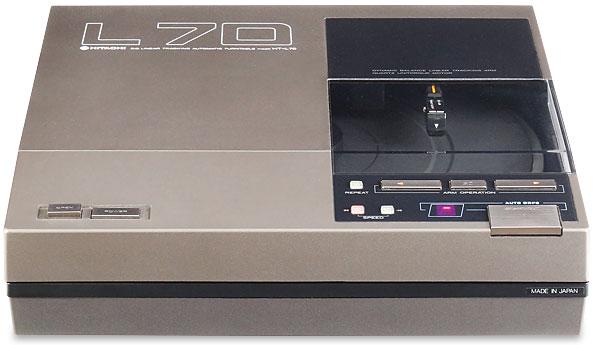Vintage
Sort By: Post Date TitlePublish Date
|
Oct 25, 2022 |
First Published: Jun 01, 1993
|
Sep 23, 2022
|
Apr 15, 2022 |
First Published: Mar 01, 2003
|
Apr 08, 2022
|
Feb 21, 2022

 Believing portables to be as good as their full-sized rivals, many music lovers sought out the smallest – and this CD player was a compact king. How does it sound today?
Believing portables to be as good as their full-sized rivals, many music lovers sought out the smallest – and this CD player was a compact king. How does it sound today?
